Public confidence in higher education has shown signs of recovery, with 42% of Americans now expressing a great deal or quite a lot of confidence in colleges and universities, according to a recent Gallup-Lumina survey. This increase, up from 36% just a year earlier, suggests a shift in public perception, but a closer examination of the data reveals a more nuanced reality. The survey highlights a significant disparity between public perception and the actual experiences of students, particularly those attending community colleges and low-cost state institutions.
According to Dr. Yolanda Watson Spiva, President of Complete College America, the narrative surrounding higher education often focuses on controversies at elite campuses, creating a skewed perception of the institutions that serve the majority of students. "Community colleges alone enroll roughly 44% of all undergraduates, yet they are rarely featured in mainstream narratives," Spiva noted. "Low-cost state colleges and universities serve many more students, but their stories are often overlooked in favor of sensationalized news about elite institutions."
This mismatch between perception and reality has real consequences, fueling the notion that higher education is elitist and out of touch. Spiva emphasized that this narrative not only misrepresents the experiences of millions of working- and middle-class families but also obscures the work of colleges that are making a tangible difference in their communities. "It's time to reframe the narrative of higher education to spotlight a wide range of institutions that are serving the needs of students and families," Spiva said.
The Gallup-Lumina survey highlights the need for a more inclusive and nuanced understanding of higher education. While public confidence in colleges and universities is increasing, the survey also reveals significant concerns about the affordability and accessibility of higher education. Spiva noted that community colleges and low-cost state institutions are often the most affordable options for students, but they also face significant challenges in terms of funding and resources.
In recent years, there has been a growing recognition of the importance of community colleges and low-cost state institutions in providing access to higher education. The Biden administration's American Families Plan, for example, includes a proposal to make community college free for all students. Spiva welcomed this initiative, noting that it could help to address the affordability crisis in higher education and provide more students with access to quality education.
As the narrative surrounding higher education continues to evolve, it is essential to prioritize the experiences and perspectives of students and families who are most affected by the system. By reframing the narrative to spotlight the work of community colleges and low-cost state institutions, policymakers and educators can help to create a more inclusive and equitable higher education system that serves the needs of all students.



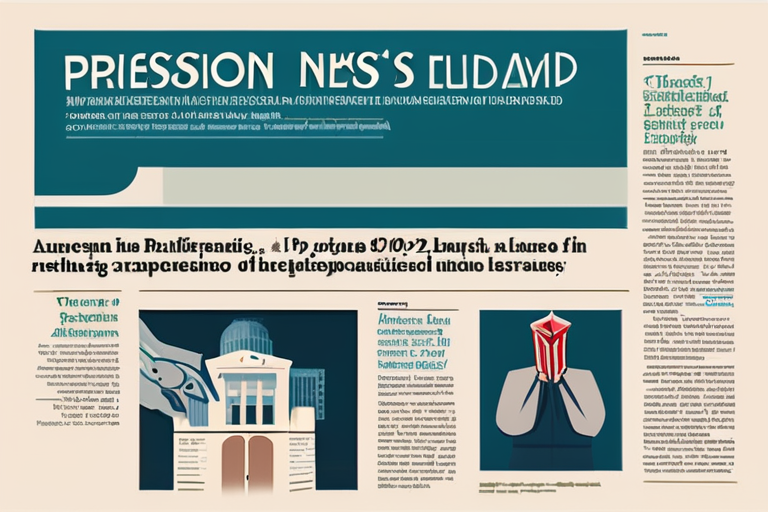
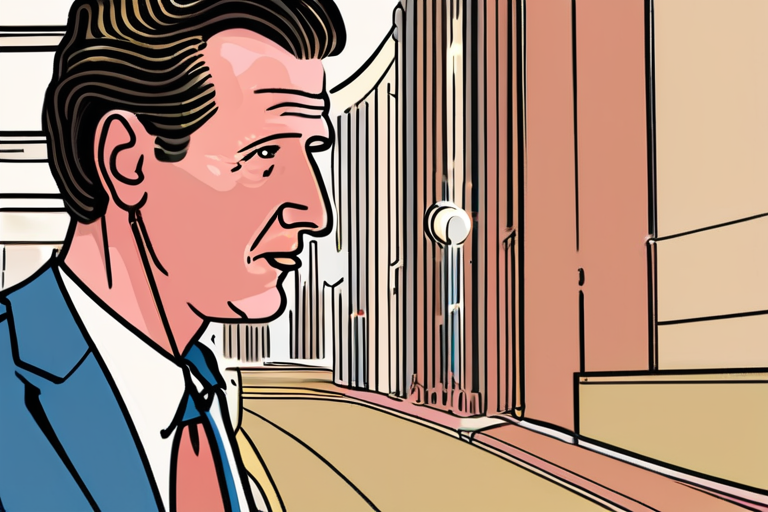
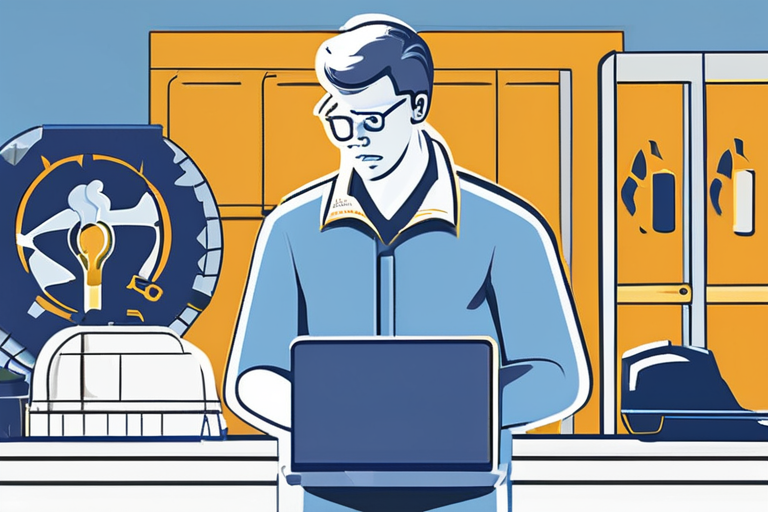


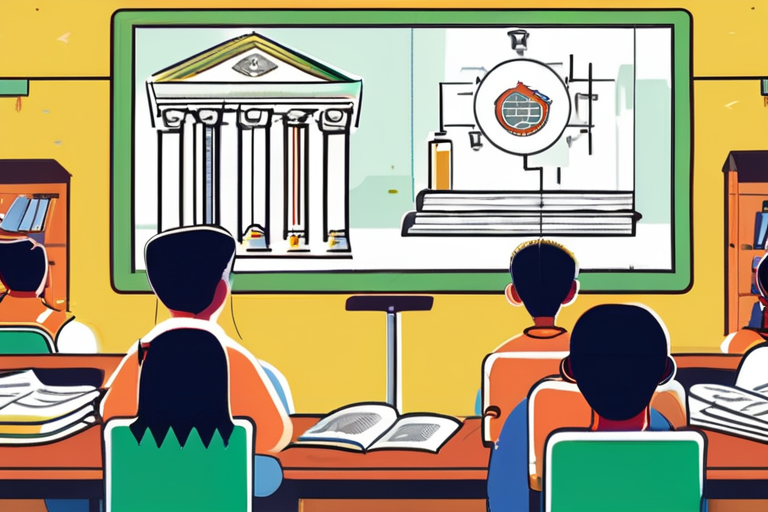
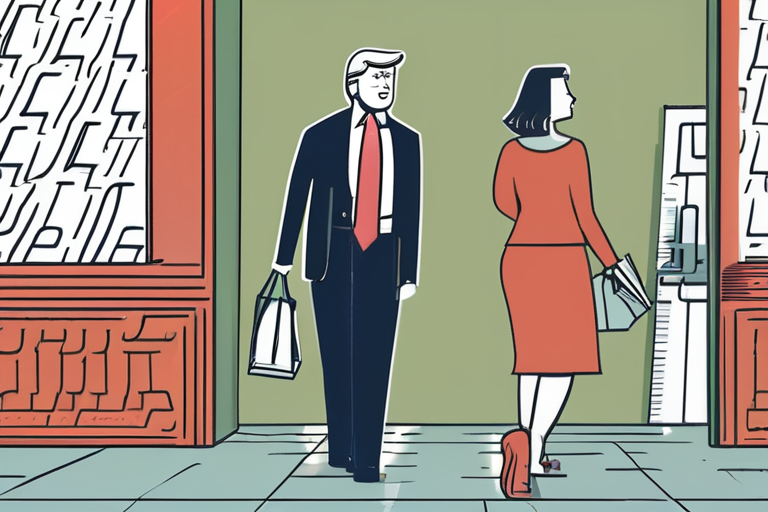
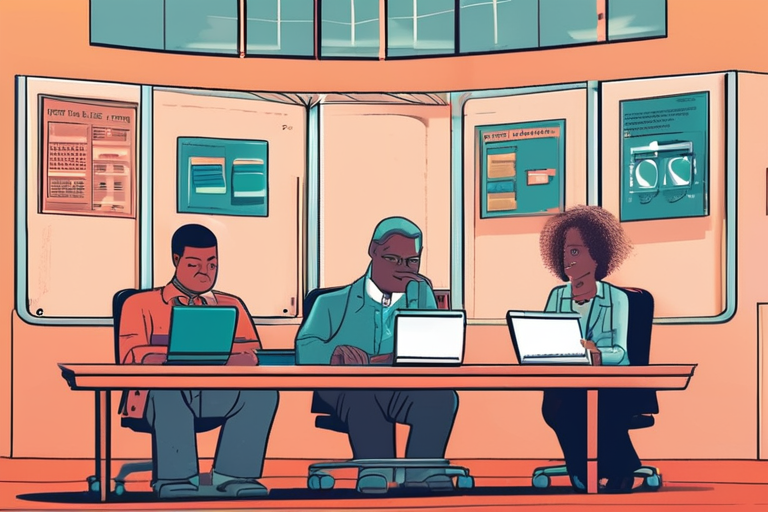
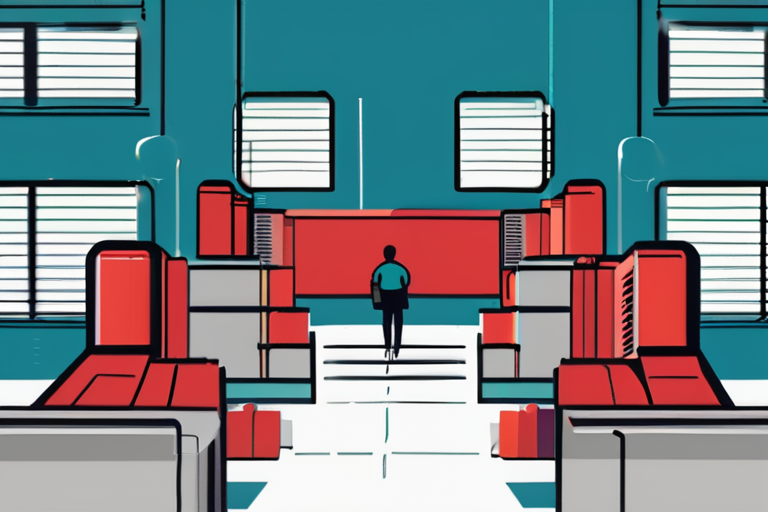
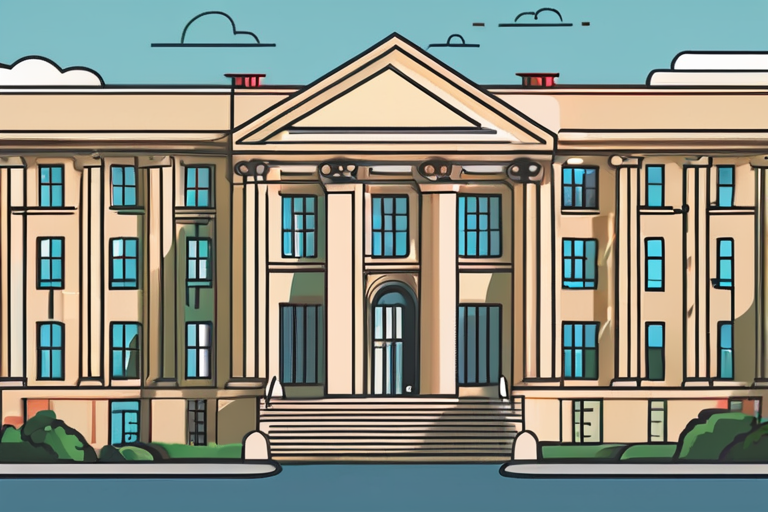



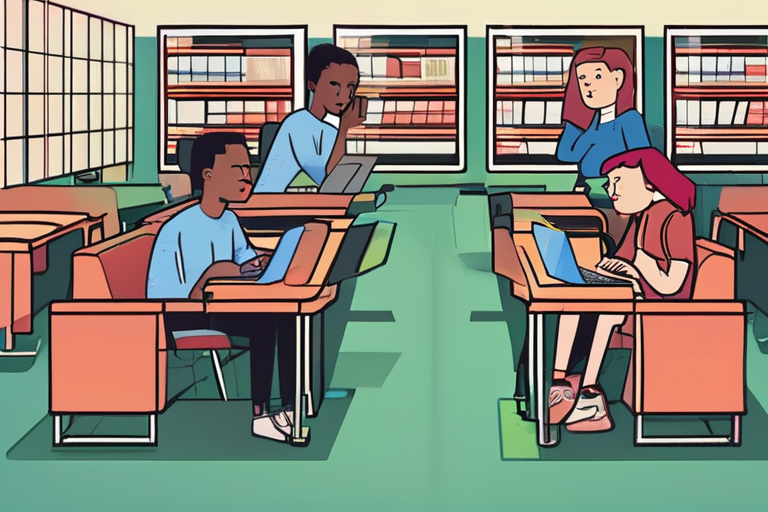
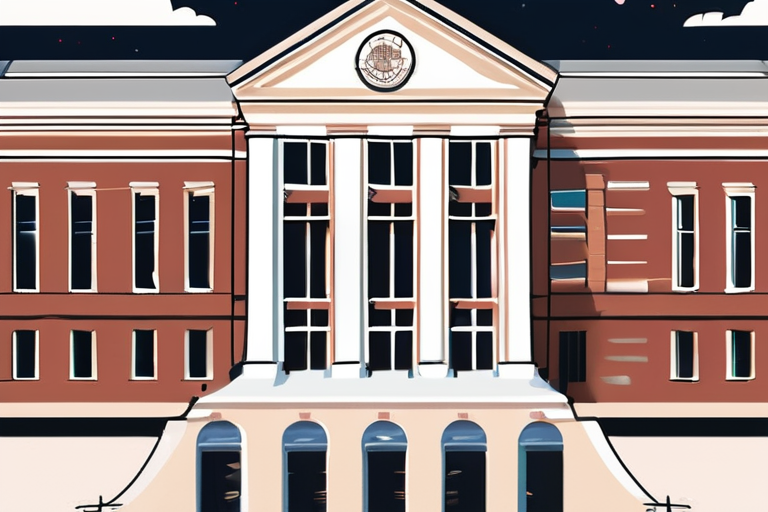




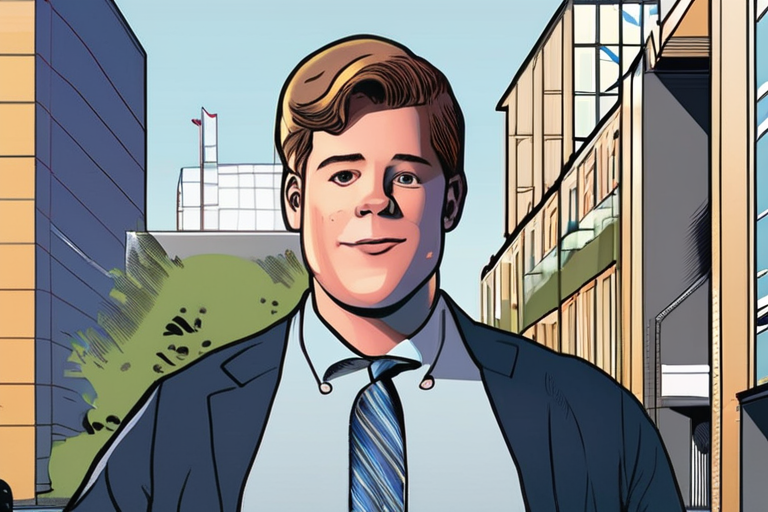



Share & Engage Share
Share this article